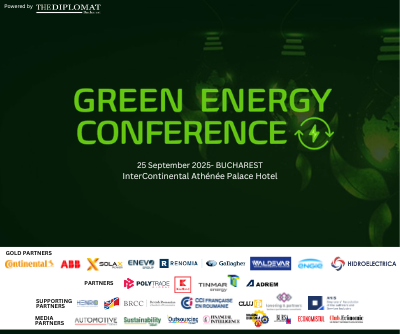Hella develops concepts for light-based communication for automated driving

The lighting and electronics supplier Hella has started a new research project with focus on how communication between autonomous vehicles and other road users can be ensured with the aid of automotive lighting technology.
In addition to Hella, the Karlsruhe Institute of Technology, the Fraunhofer Institute of Optronics, System Technologies and Image Exploitation (IOSB), the Würzburg Institute of Traffic Sciences (WIVW), Saarland University and the companies Electric-Special Photronic Systeme and version1 are also involved in the “INITIATIVE” project. The research project will last three years and was started in April 2021. It is funded by the Federal Ministry for Economic Affairs and Energy.
“Without communication, mobility is no longer conceivable these days. Wherever cars, vehicles or pedestrians meet, road users have to communicate, for example when crossing roads or in unclear right of way situations,” says Dr. Michael Kleinkes, who is responsible for the global product center Car Body Lighting as well as for lighting technology development at Hella. “But if, in the future, cars are able to move around completely independently, at least in certain situations, and the driver is able to turn his attention to other activities, it must still be ensured that self-driving vehicles are also able to communicate with other road users. Lighting technology will play a prominent role in this.”
In the coming years, the basic lighting concepts for this are now to be researched as part of the “INITIATIVE” project. Among other things, the researchers are investigating how an autonomous vehicle can use light-based systems to signal that it has detected a pedestrian or cyclist and that it is safe for them to change sides of the road. For example, the use of LED-based status indicators or displays on the vehicle body is conceivable. “The difficulty is essentially that the form of communication must be visible at all times of the day and night. It also must be easily and quickly understood by every road user. Such a uniform communication methodology does not exist yet. But it is a basic prerequisite for automated driving to become a reality,” says Dr. Michael Kleinkes.
With the new project, Hella is continuing its research and development activities in this area, so “INITIATIVE” builds on the “interACT” research project, which was completed in the middle of last year. Different communication methods are now being tested under real conditions in the connected, urban infrastructure of a test site in Oldenburg; sensor data from the automated vehicle and the traffic infrastructure are also to be used. In addition, the “INITIATIVE” project will also investigate how the intentions of the persons involved can be recorded both inside the vehicle and in traffic scenarios with the aid of camera-based artificial intelligence and how they can be taken into account in communication.



















